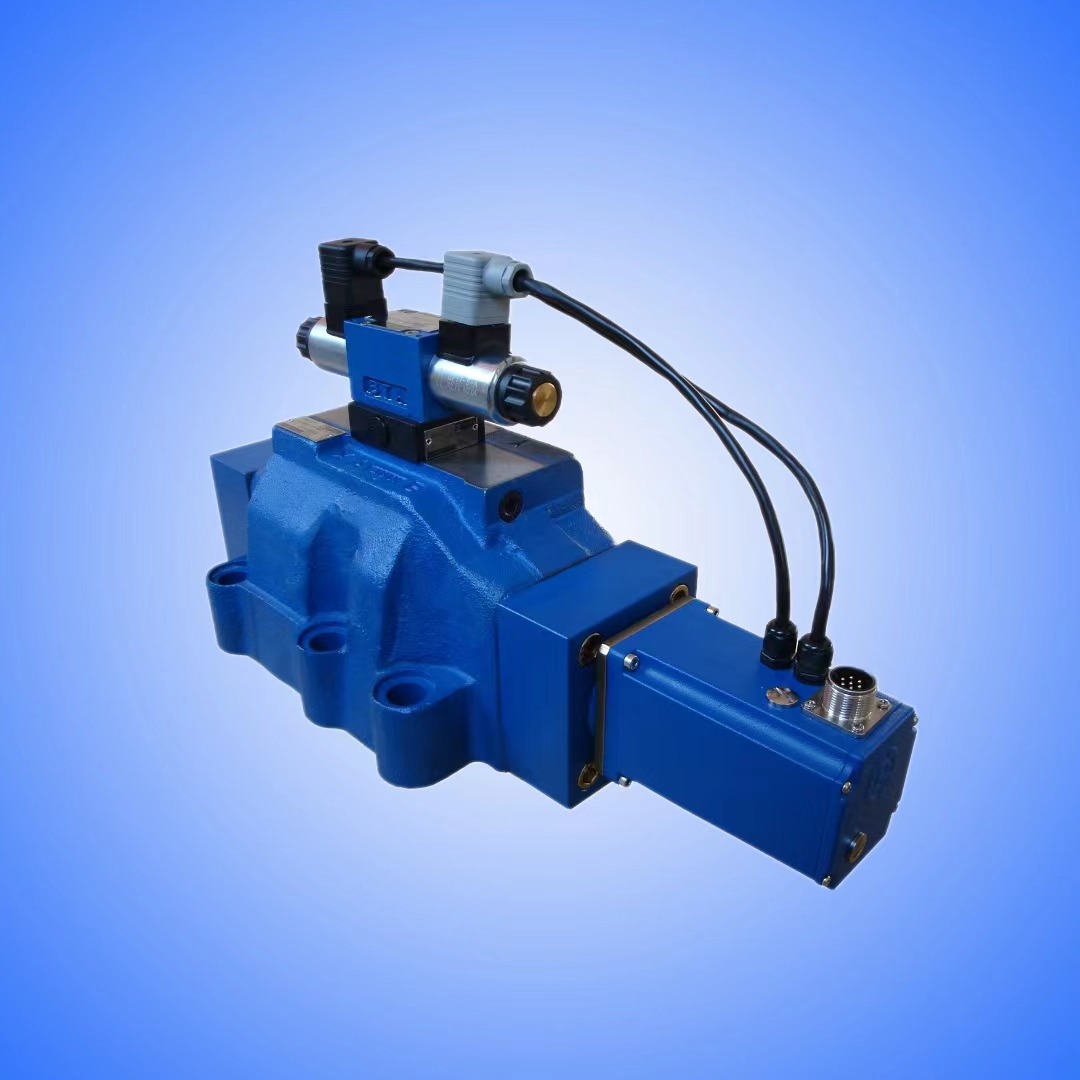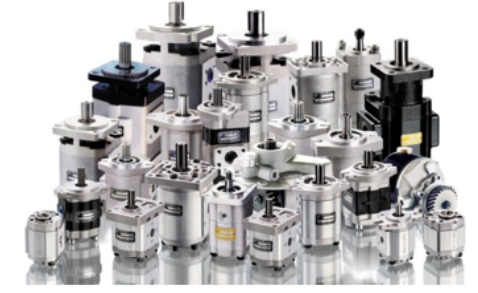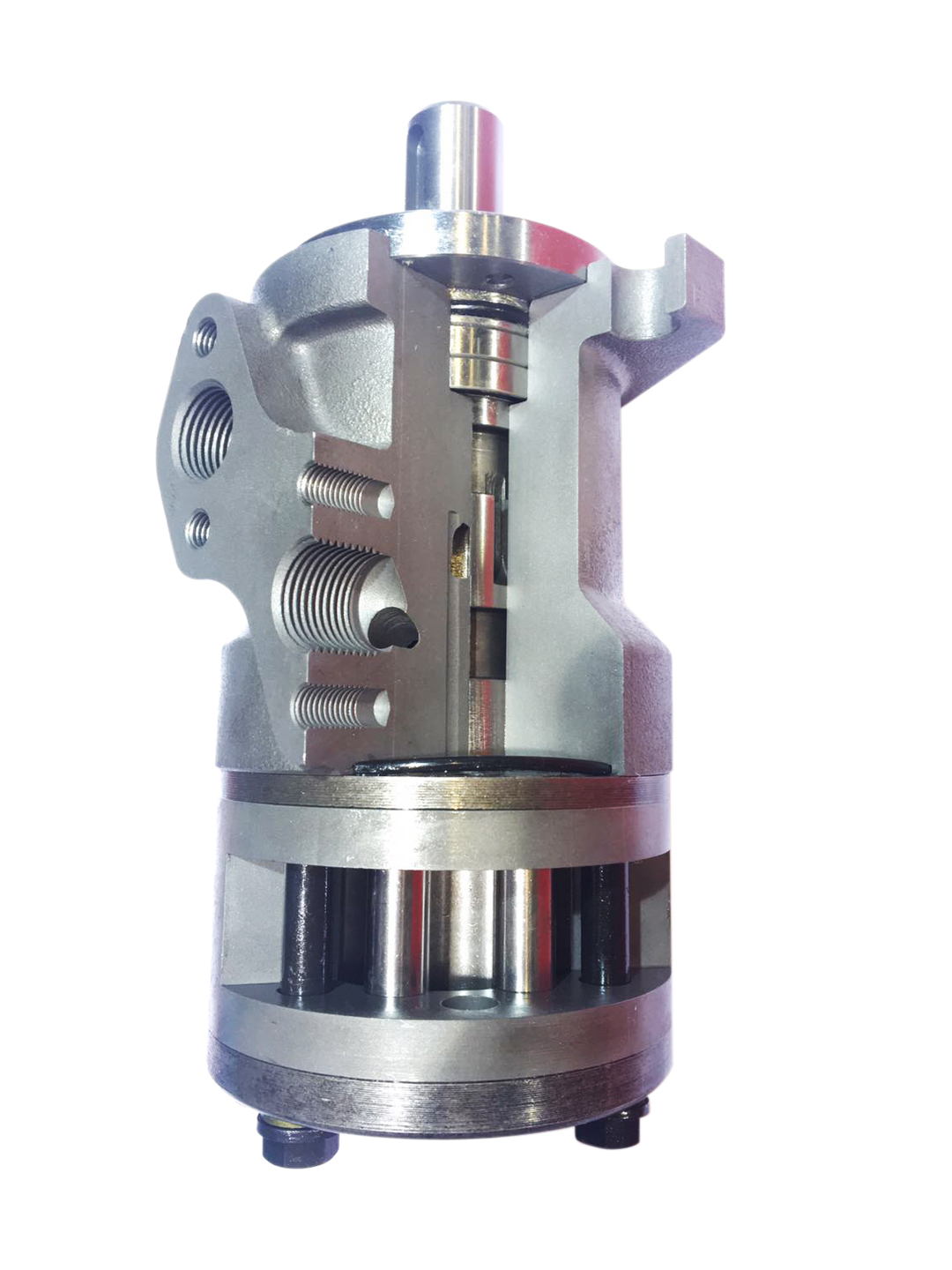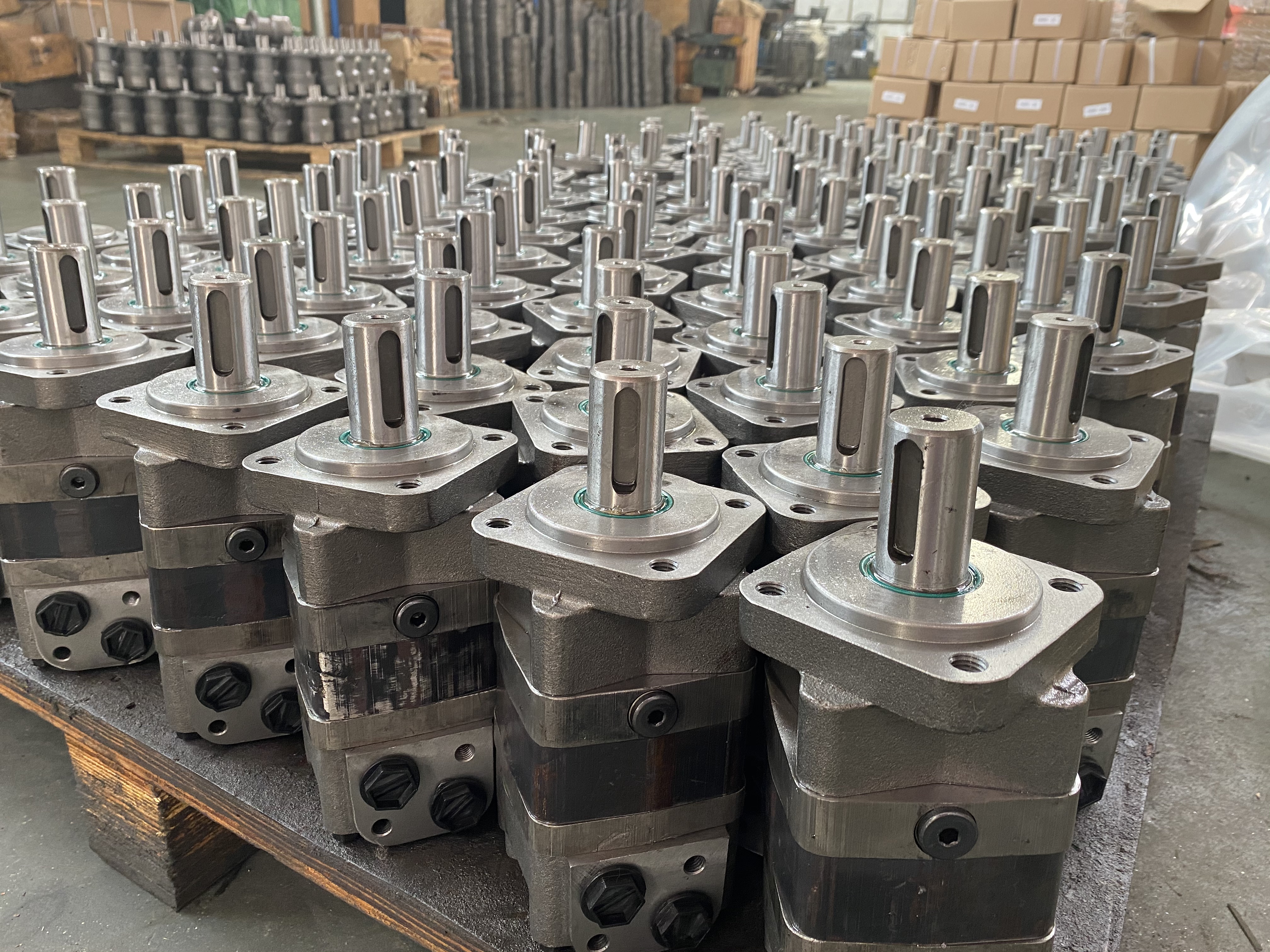- How Does Piston Pump Work?
Piston pumps are the most common type of reciprocating pump. They can be single acting or double acting with inlet and outlet valves on both sides of the piston.
The first stroke of the piston creates a vacuum, opening an inlet valve and closing an outlet valve. This creates suction to draw fluid into the piston chamber (the suction phase).
- What Is Piston Pump
Piston pumps are a type of hydraulic pump that works by moving liquids, pressurized gasses, viscous media, and media containing solid particles. They can also be used for liquid transport and high-pressure cleaning applications, among many others.
There are a number of different types of piston pumps, including radial and axial piston pumps. The pistons in a radial piston pump expand symmetrically around a circular tube block, while the pistons in an axial piston pump extend in disparity from the driving shaft.
The cylinder and piston of a piston pump act together to move fluid from the inlet valve to the outlet valve. As the piston moves up the cylinder, it pushes on the inlet valve to allow liquid or gas to enter, and as it moves down the cylinder, it increases the pressure on the outlet valve to let high-pressure liquid or gas leave.
There are several types of piston pumps, and each is designed to meet specific needs. Some of the most common include plunger and axial piston pumps.
- Piston Pump Type
Piston pumps are a type of positive displacement pump that use a rotating cylinder block to pump fluid. A piston in each of the cylinder block's axial bores travels radially to pump fluid into and out of the cylinder block.
The cylinder block is a round, rotating, symmetrical design containing pistons that are linked together by a crank. The crank transmits the same power to each piston via a connecting rod that converts the circular motion of the crank into a reciprocating motion of each piston.
The cylinder block has a suction valve and a discharge valve that allow liquid to be pumped into the cylinder through the suction valve, or out of the cylinder through the discharge valve. As the cylinder block rotates, the gap between the end of each piston and the valve plate changes, which alters the chamber available for hydraulic fluid. The variation in the distance between each piston and the valve plate creates a vacuum that causes hydraulic fluid to be drawn into the cylinder chamber.
- Piston Pump Application
Piston pumps are used to transfer a wide range of fluids. This includes everything from abrasives, slurries and sand to lubricants, paint spraying and sanitary dispensing, among many other applications.
This type of pump uses a piston assembly to displace liquids through a rotating barrel and shoe plate. The pistons and the rotating barrel are connected to one another via a spherical joint or shoe joint.
As the cylinder block rotates, the piston moves upward to allow liquid to be sucked in through its input valve, which is powered by whatever device is being operated (electrical motor, gas engine or hand, wind or running water).
Then, when the cylinder block is moved downward, the piston will increase the pressure on the outlet valve and allow high-pressure liquid to exit the cylinder. The motion repeats a few times, until the pump has fully discharged its capacity.
A piston pump is a type of positive displacement pump that dispenses liquid or compressed gas. It consists of a rotating barrel, pistons, and swash plate.
In a piston pump, the first stroke of the piston draws in fluid from the inlet valve and forces it into the piston chamber. The second stroke, which is the opposite of the first, forces out the displaced liquid or compressed gas.
The amount of fluid drawn into the cylinder depends on the length of the piston's stroke, as well as the cylinder's volume. This volume can vary depending on the pump design and application.
The swash plate is attached to the piston shoe plate and attaches to the axis of rotation at an angle. As the swash plate is adjusted, it affects the discharge of the pump..png)

 中文
中文 English
English Español
Español Français
Français




